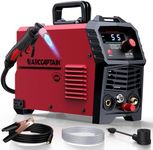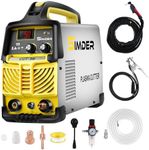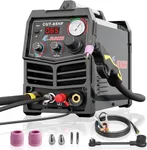Buying Guide for the Best Plasma Cutters
Choosing the right plasma cutter can be a bit overwhelming, but with the right knowledge, you can find the perfect tool for your needs. Plasma cutters are used to cut through electrically conductive materials by means of an accelerated jet of hot plasma. They are commonly used in automotive repair, industrial construction, and metal fabrication. To make an informed decision, you need to consider several key specifications that will determine the cutter's performance and suitability for your tasks.Cutting ThicknessCutting thickness refers to the maximum thickness of material that the plasma cutter can effectively cut. This is important because it determines the range of materials you can work with. Plasma cutters are typically categorized by their cutting capacity: light-duty (up to 1/4 inch), medium-duty (up to 1/2 inch), and heavy-duty (over 1/2 inch). Choose a cutter that matches the thickness of the materials you plan to work with most frequently.
Amperage OutputAmperage output indicates the power level of the plasma cutter. Higher amperage allows for cutting thicker materials and faster cutting speeds. Plasma cutters usually range from 20 to 100 amps. For light-duty tasks, a lower amperage (20-40 amps) is sufficient. For medium-duty tasks, look for 40-60 amps. For heavy-duty tasks, you may need 60-100 amps. Consider the types of projects you will be working on to determine the appropriate amperage.
Duty CycleThe duty cycle is the amount of time a plasma cutter can operate continuously before needing to cool down. It is usually expressed as a percentage of a 10-minute period. For example, a 60% duty cycle means the cutter can run for 6 minutes and needs 4 minutes to cool down. A higher duty cycle is important for longer, continuous cutting tasks. If you plan to use the cutter for extended periods, look for a higher duty cycle to ensure efficiency and prevent overheating.
PortabilityPortability refers to the ease with which you can move the plasma cutter around. This is determined by the weight and size of the unit. Lightweight and compact models are ideal for on-site jobs and frequent transportation. Heavier models may offer more power but can be cumbersome to move. Consider how often you will need to transport the cutter and choose a model that balances power and portability according to your needs.
Input VoltageInput voltage is the electrical power required to operate the plasma cutter. Plasma cutters can be designed for 110V, 220V, or dual voltage (both 110V and 220V). 110V models are suitable for light-duty tasks and can be used with standard household outlets. 220V models are more powerful and suitable for industrial applications. Dual voltage models offer flexibility for different work environments. Choose a model that matches the power availability at your work site.
Pilot ArcA pilot arc is a feature that allows the plasma cutter to start cutting without the need for direct contact with the material. This is particularly useful for cutting through painted, rusty, or uneven surfaces. It also helps extend the life of the consumables. If you frequently work with such materials, a plasma cutter with a pilot arc feature can save time and improve cutting quality.
ConsumablesConsumables are the replaceable parts of the plasma cutter, such as electrodes and nozzles, that wear out over time. The cost and availability of consumables can affect the long-term operating cost of the cutter. Look for models with readily available and affordable consumables. Additionally, consider the lifespan of the consumables, as longer-lasting parts can reduce downtime and maintenance costs.
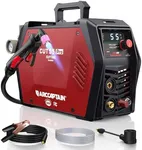
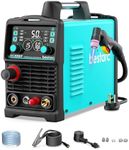
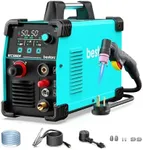
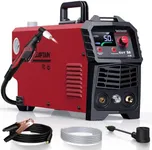
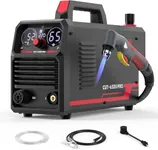
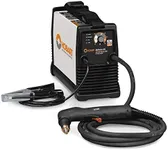

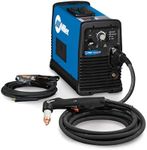
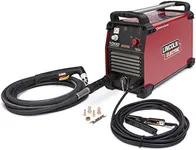


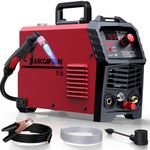
![GZ GUOZHI Plasma Cutter, [Large LED Display] 50Amps Cutter Machine with 110/220V Dual Voltage DC Inverter IGBT 1/2 Inch Clean Cut Post Flow and 2T/4T, for Beginners DIY](https://images-proxy.bestreviews.guide/DRlbrgWZ4UUeYT6wY_LcMvYg6ls=/0x150/https://m.media-amazon.com/images/I/41JSAPIKH9L._AC_CX679_.jpg)
